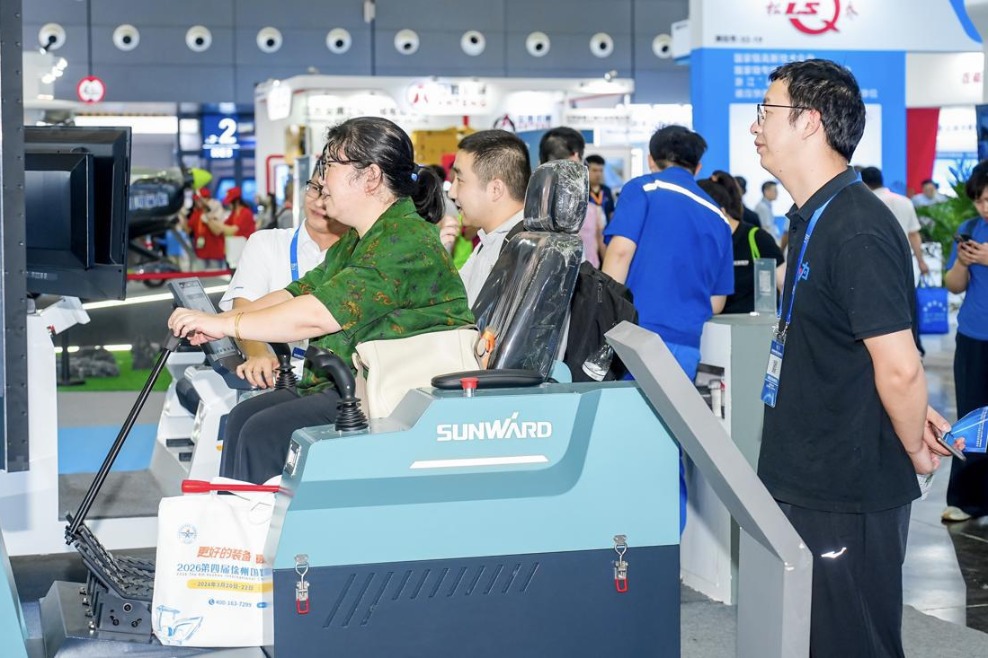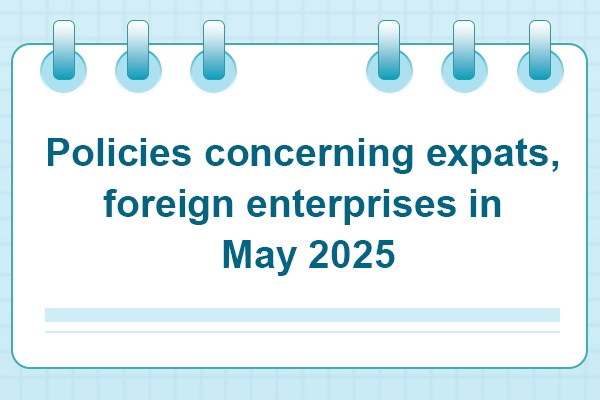Sneaking a peek at coming digital currency era


If you ask people why they would not want to use a central bank digital currency, they might say privacy is a concern. Do users want the monetary authorities to know in detail about their payment habits and the scale of their money transfers?
In the upcoming centralized operational system of the digital RMB, or the e-CNY, the central bank-the People's Bank of China-will be at the core, responsible for inter-institutional connection and management of the wallet ecosystem.
Of course, personal payment data will be traceable, but only if it is necessary and for high-value transfers. Well, a user himself or herself might not really care to remember a small transaction.
Central banks that positively embraced digital currencies have pledged to adopt advanced technologies to prevent illegal activities like tele-fraud, online gambling, money laundering and tax evasion.
Chinese central bank officials reiterated the PBOC will develop new technologies, including a digital ID system based on the distributed ledger technology and a "zero trust "model, which emphasize protecting personal information and privacy, and promoting users' trust.
The token-based system allows the e-CNY to be used anonymously within a limited range of money transfers. The authorities concerned will make sure the transactions comply with the requirements of anti-money laundering regulations. They will also counter tech-enabled financing of terrorism.
At a conference in July, Fan Yifei, deputy governor of the PBOC, said collecting information in the e-CNY system should follow the rule of "minimal and necessary". He urged the officials concerned to prevent excessive use of personal data and desist from providing information to third parties or other government agencies unless stipulated otherwise in laws and regulations.
"The design of the e-CNY system aims to meet the public demand for anonymous small value payment services, based on the risk features and information processing logic of the current electronic payment system," said Fan, who thought the e-CNY system collects less transaction information than traditional electronic payment methods.
According to a PBOC white paper, the central bank will set up a "firewall" for e-CNY-related information, separating the e-CNY system from other management services. The central bank will also adopt internal audit measures to ensure compliance and prohibit arbitrary information requests.
Another concern may come from commercial banks. Because the e-CNY represents the PBOC's direct liabilities to the public, users could directly hold digital currency accounts with the central bank and profits of commercial lenders' deposit businesses may dwindle.
The intermediation role of commercial banks could be weakened, although the e-CNY cannot pay any interest in the initial design.
A bold conjecture of Bloomberg Intelligence predicted that if interest is paid on the e-CNY, a PBOC wallet could capture up to 2 trillion yuan ($309.8 billion), or 2.2 percent of China's retail deposits, by 2025.
Meanwhile, the banking sector's return-on-equity, or ROE, could edge down to 10 percent from 11 percent in the first half of 2020, if the PBOC manages market liquidity through use of the e-CNY.
Mu Changchun, director-general of the PBOC Digital Currency Research Institute, had said that the birth of the e-CNY could make the negative interest rate a policy option. That will hurt commercial banks' asset yields if the option becomes a real monetary policy activity.
Such concerns are making Chinese monetary authorities cautious about finalizing the e-CNY launch date. The PBOC admitted that it has paid much attention to issues like financial disintermediation and credit squeeze.
To address the feared issue of potential crowding out of bank deposits, and to prevent arbitrage as well as the so-called pro-cyclical effects under stressful conditions, the PBOC has come up with a tiered design of e-CNY wallets with different caps on transactions and balance amounts.
The central bank believes the e-CNY's impact on the economy and the financial sector can be assessed through pilot tests and practice periods. The pilot programs are now focusing on the implications of the e-CNY for monetary policy, financial markets and financial stability in the regions where the pilots are conducted.




































